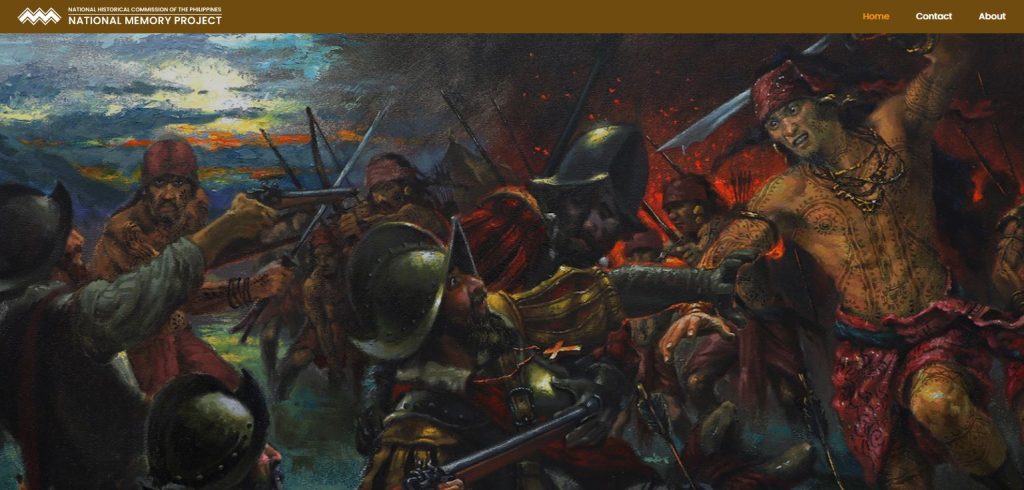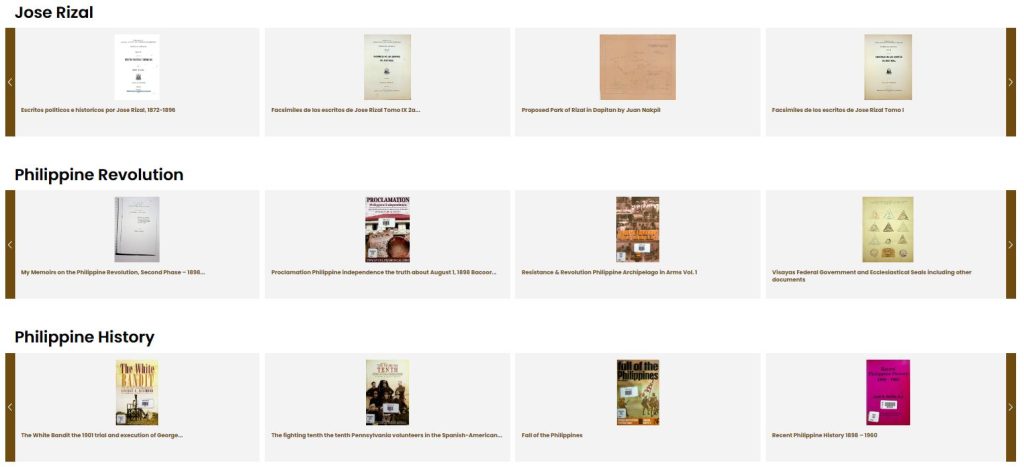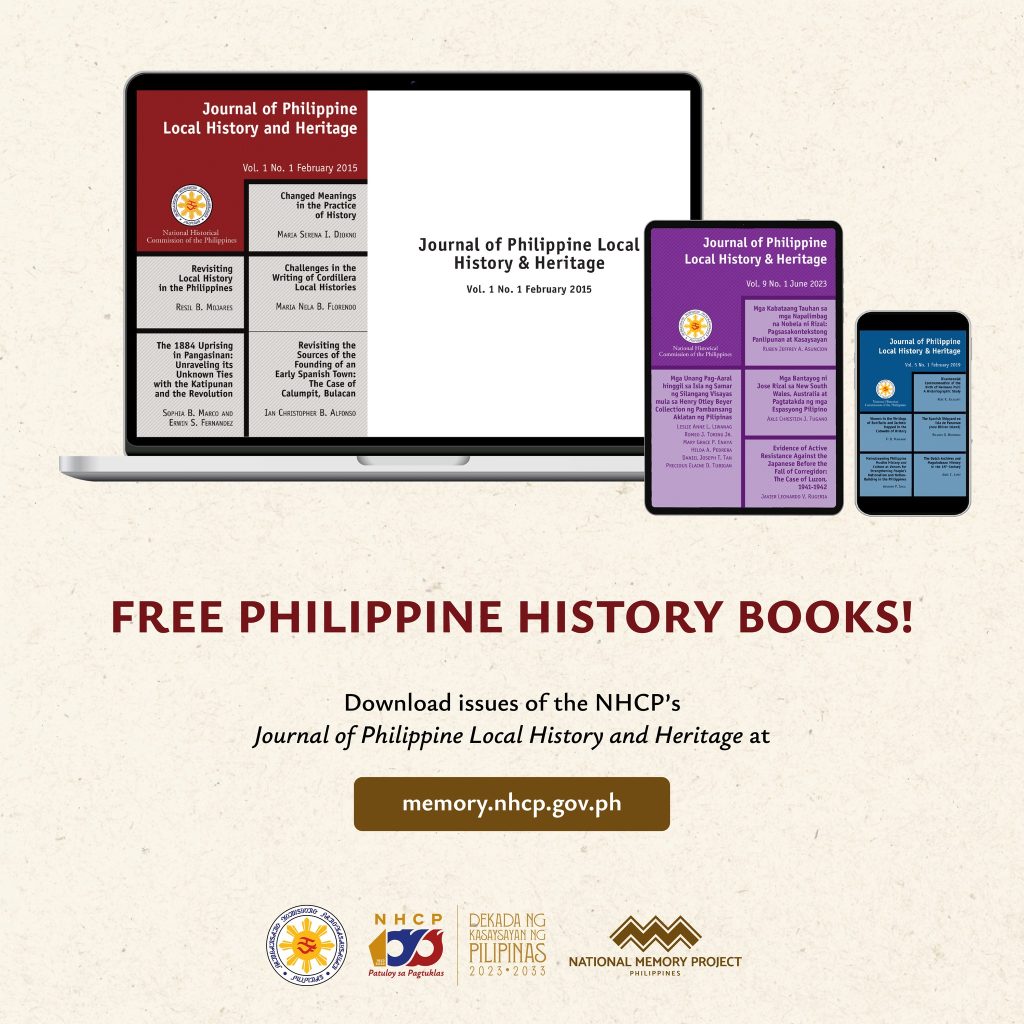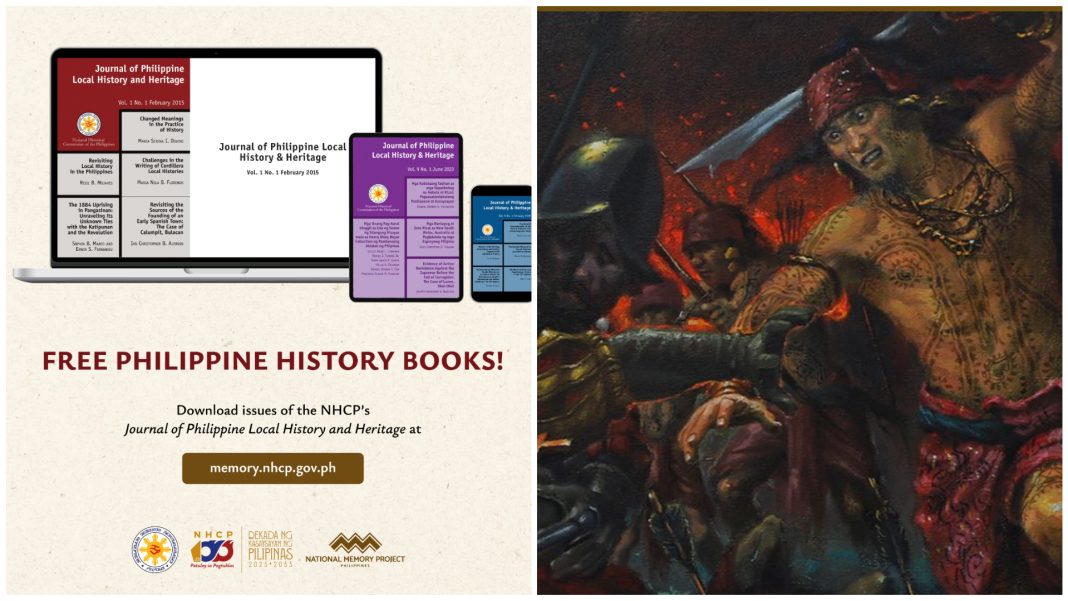A nation’s history is one of the pillars that hold it to make up what it is today. A lot of things ought never to be forgotten. Launched as a response to the rising demand for a democratized history, the National Memory Project serves as a digital trove of the past. Within its virtual shelves are documents, rare books, and photographs, and documents sourced from the archives, museums, and libraries of the National Historical Commission of the Philippines.
The National Memory Project is a testament to the organization’s commitment to providing unprecedented access to something that is so important to our democracy and education. Through it, we are able to access high-resolution materials regarding our national history online. Users are able to download files as well. Since the year 2020, this has been contributory to preserving the rich history of the country with everyone even beyond our nation serving as their audience.

Here, a diverse range of historical topics is available. From the complex unfolding of the Philippine Revolution to stories about women’s history and how the feminist movement began in the country in its own right, the platform offers a broad spectrum of topics which people can choose from. You may check out the Journal of Philippine Local History and Heritage, which is the NHCP’s biannual journal since 2014, and witness the various collections sourced from institutions such as the National Library of the Philippines yourself.
The navigation of the platform is also very user-friendly. Going through its virtual corridors won’t be a problem as the platform offers four accessibility levels with a specific purpose each level. Everything is open access, from downloading, view-only, and snippets of various content. Restricted access is given for copyright-protected content. Navigating the National Memory Project’s virtual corridors is a breeze. The library offers four accessibility levels, each serving a specific purpose. Enjoy access to freely download files, view-only access, glimpse snippets of content. Take note that access is restricted for some copyright-protected materials such as those under Levels 3 and 4.


For materials categorized as copyrighted, the organization guarantees that these are still available for onsite viewing and purchase. If you’re interested, you may do so at the NHCP Serafin D. Quiason Resource Center in Ermita, Manila. This goes to show that even the rarest documents can still be accessed when one actively seeks for them, extending its commitment to digital convenience to real access to tangible history.

At a time when misinformation and disinformation are rampant, it is highly important for people to have access to facts. History cannot be altered, nor are there “two different sides”. History may have multiple narratives, but all of these are interwoven within each other to create one single story. The National Memory Project stands as a beacon that illuminates the dark crevices of Philippine history like never before. You should check it out!

